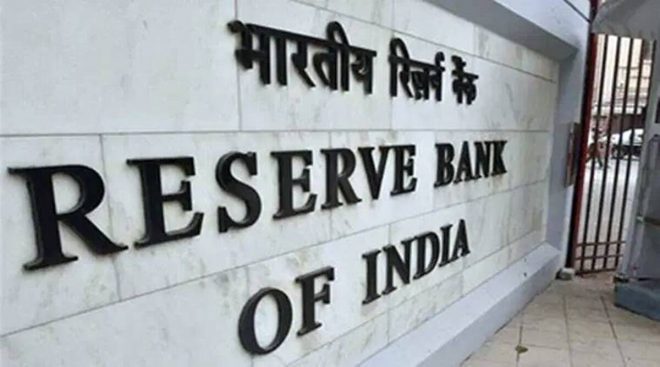MUMBAI: After cautioning lenders over the surge in unsecured personal loans for several weeks, the Reserve Bank of India on Wednesday moved in to make it costlier for banks and non-banks to lend to this segment by requiring them to set aside more capital.
On Thursday, the RBI tightens norms for personal loans, credit cardsincreased the risk weight on consumer credit by a fourth, from 100% to 125%. This means that while earlier banks needed to maintain capital of Rs 9 for every Rs 100 they loaned, they will now have to keep Rs 11.25.
The regulator also increased the risk weight on credit card receivables and bank loans to NBFCs, whose risk weight is below 100%. This directive will increase the cost of bank borrowing for top-rated finance companies but will exclude NBFCs that lend to priority sectors like housing and small and medium enterprises. The move will not affect home, auto or education loans.
Read More: New system to avoid parking of funds in banks
Tighter loan norms may hit NBFCs more, say bankers
NBFCs do not see an across-the-board increase in retail lending rates despite RBI increasing risk weightage for unsecured personal loans, as the regulator has made several exclusions.
“The guidelines apply to loans on the consumer side. Gold, home loans, loans to MSMEs for business, MFI & others are excluded. Initial reading suggests that the increase in risk weightage does not apply to loans to housing finance companies and NBFCs which are eligible for classification as priority sector,” said IIFL Finance group CFO Kapish Jain. “We will have to wait and see what impact the circular will have on interest rates as we interpret the same” he added.
Read More: Soft vs hard credit inquiry: What’s the difference?
Bankers suggested that NBFCs will face a bigger impact. “Consumer credit does not constitute a substantial portion of our bank’s retail portfolio, nor is it a significant component for most other banks. It is primarily within the NBFCs segment that lenders allocate a significant part of their portfolio to consumer credit,” said A S Rajeev, MD & CEO, Bank of Maharashtra.
“Bank lending to NBFCs varies between 12% and 15% of their total loans across different banks. However, these loans are predominantly directed to housing finance companies. Consequently, the impact of the new rules will be felt only on around 25% of the overall NBFC portfolio of banks,” he added.
Increased capital requirements can lead to higher lending rates because the extent of capital needed to be maintained is typically an input in their computation. An increase in lending rate can slow down growth, but lending rates are also influenced by competitive dynamics and market demand, not just formulas.
The RBI clearly expressed its displeasure at some of the loans being offered. While bank credit growth has increased by around 20%, retail loans have jumped 30%. Within this, credit card outstanding is estimated to have risen around 30%. Banks have also been lending to non-bank finance companies that are offering unsecured and personal and consumer loans.
Read More: Amid Rising Demand Of Credit Card Usage, RBI Tightens Norms For Personal Loans, Credit Cards
Ratings agency ICRA expects the new norms to push up lending rates for borrowers. Besides, the higher rates charged by banks could also result in finance companies paying more interest on their bonds. According to Karthik Srinivasan, senior VP, ICRA, the increase in risk weightage is aimed at ensuring that finance companies improve their capital buffers. While NBFCs currently have enough capital, the new norms will compel them to accelerate capital raising to ensure that they have enough capital to manage growth.
Krishnan Sitaraman, senior director, Crisil Ratings, said RBI’s objective seems to be to proactively identify high-growth segments, establish adequate guardrails, strengthen internal surveillance and maintain sufficient capital to both calibrate growth as well as strengthen balance sheet resilience in case of potential asset quality risks. “This way, in the event of any challenges related to asset quality in the days ahead, lenders will be better positioned to manage them” he added.
Today, if a bank is lending to an AAA-rated NBFC, the risk weight is 20%, meaning a Rs 100-crore loan is treated as Rs 20 crore for capital computation. Henceforth, it must be treated as Rs 45 crore because the effective risk weight will be 45% instead of 20%.





































